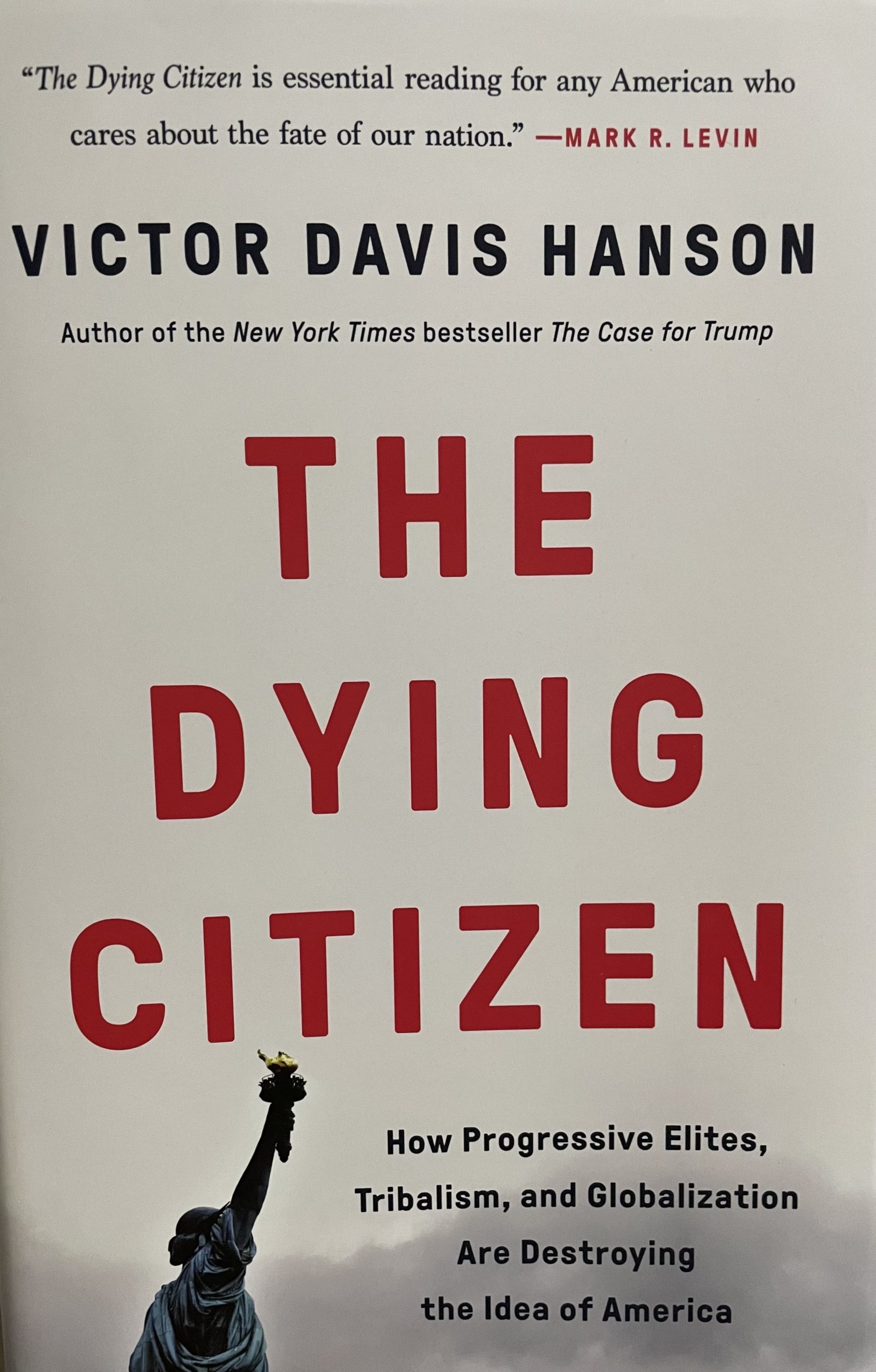This week, the aperture of educational freedom widened perceptibly. The agent of change just happened to be the federal government. On Tuesday, the U.S. Department of Education announced it would give public school districts plenty of leeway to create single-sex schools and classes.
The move represents a significant policy shift in how gender is treated in the classroom. Since 1972, school districts have been tightly controlled by Title IX legislation prohibiting sex discrimination in educational institutions receiving federal funds. While Title IX was a boon to girls’ sports outside the classroom, inside the classroom, it made single-sex education exceedingly difficult. Since public schools feared the specter of litigation, same-sex classes and schools became largely relegated to the private sector.
In 2001, however, Senators Kay Bailey Hutchison and Hillary Clinton formed an unlikely alliance to push for single-sex education options in the No Child Left Behind law. As a result, the U.S. Department of Education unveiled its intent to relax longstanding Title IX regulations in March, 2004. But even with strong bipartisan support, the policies languished in the federal government’s endless bureaucracy. Now almost 3 years later, the new Title IX regulations are finally in the public domain; they take effect November 24.
What does this mean for public education? Educators now have significantly more options in how they may structure classrooms and schools. They may offer students single-sex classes and even schools without fear of litigation, as along as education for students of both genders is “substantially equal” and enrollment is voluntary. The end goal, according to Secretary Spellings, is to provide students with more options: “The Department of Education is committed to giving communities more choices in how
they go about offering varied learning environments to their students.”
This policy change reflects a growing trend: over the past decade, single-sex schools have proliferated across the country. According to the National Association for Single Sex Public Education (NASSPE), the number of same-sex, public schools has increased from just 3 schools in 1995 to 241 today. Although these schools still comprise a tiny portion of public K-12 schools nationwide, the new regulations promise many more to come.
What’s so great about single-sex education? According to NASSPE, single-sex education contributes to higher academic performance for both boys and girls. In addition, same-sex classes have been shown to bridge traditional fault lines in academic performance, boosting boys’ achievement in areas like English and foreign language, and girls’ performance in math and science. Obviously, then, when it comes to learning styles, gender matters. In fact, new research by Swarthmore professor Thomas Dee takes the argument a step further, actually linking higher student performance with having a teacher of the same gender.
Of course, any advance in educational freedom comes with its naysayers. The usual suspects are already hot under the collar, claiming the changes to Title IX are at odds with current law. The American Civil Liberties Union is considering a court challenge to single-sex education, and Nancy Zirkin, vice president of the Leadership Conference on Civil Rights, says the new regulations “violate both Title IX and the equal protection clause of the Constitution.”
But let’s be clear. Changes to Title IX are not intended to conscript students into a radical social movement that threatens their fundamental rights. Rather, these policies acknowledge that our “one-size-fits-all” approach to public education just doesn’t work for everyone. Some kids will do well in single-sex classes. Others won’t. But at least now they will have a choice. Isn’t that what matters most?
Lindalyn Kakadelis heads the North Carolina Education Alliance.










